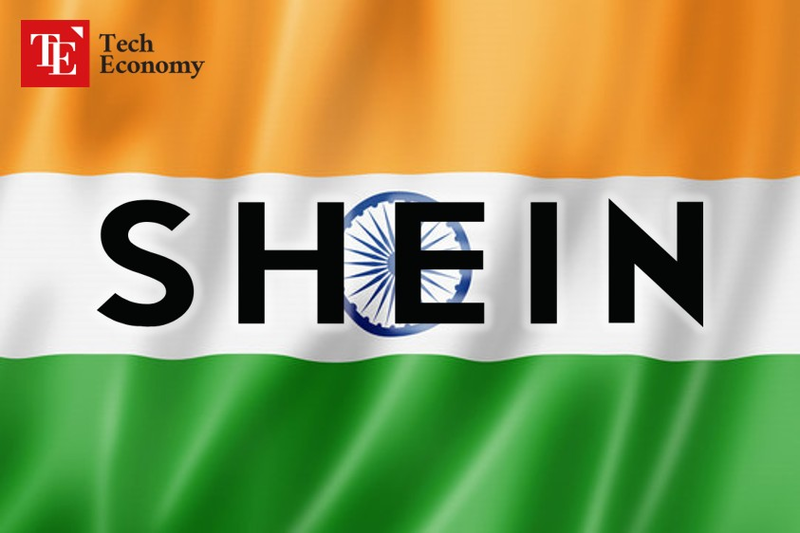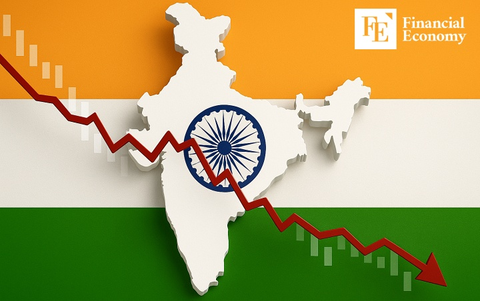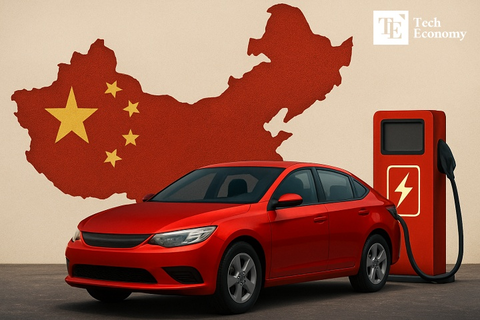China’s Shein Heads to India as U.S. Tariff Pressure Accelerates Global Supply Chain Restructuring
Input
Modified
“Global Supply Chain Diversification Through Partnership with India’s Reliance” “Accelerating 'Decoupling from China' Strategy in Response to Trump’s Tariff Pressure” “Ultra-Fast Manufacturing System Built in Brazil Based on Guangzhou Model”

The global fashion supply chain is undergoing a quiet revolution. At the center of this transformation is Shein, the fast fashion juggernaut founded in China, now headquartered in Singapore, and known for redefining how garments are designed, manufactured, and delivered. With growing tariff pressures from the United States and the erosion of favorable import exemptions, Shein is no longer just optimizing its operations—it’s reconstructing its entire global footprint. The company’s latest pivot toward India as a manufacturing and export hub marks a bold strategic shift that echoes a broader industry trend: the rebalancing of global supply chains away from China.
India as the New Supply Chain Engine
In June, Reuters reported that Shein had formalized a major partnership with Reliance Retail, India’s largest retail group. The plan: create a robust local supply chain anchored in India that can serve as a launchpad for global exports of India-made Shein garments. Over the next 6 to 12 months, Shein aims to increase its number of Indian suppliers from 150 to 1,000, establishing a manufacturing base capable of feeding its vast global e-commerce platforms.
This initiative reflects months of behind-the-scenes negotiations between Shein and Reliance, predating recent U.S. policy shifts such as the proposal to eliminate the de minimis exemption on goods under USD 800 and the introduction of new tariffs on low-cost Chinese imports. While Shein currently sources products from over 7,000 suppliers in China, the looming policy changes have created a sense of urgency to reduce its dependency on Chinese manufacturing—particularly for its largest market, the United States.
Shein’s return to India is especially notable given its abrupt exit in 2020, when India banned Chinese apps in the wake of border clashes with China. However, the brand reentered the Indian market in February 2025 through a brand licensing agreement with Reliance, launching a revamped platform called “Shein India.” Unlike its previous app-based model, this version integrates deeply with local operations, production, and logistics—marking a far more embedded and strategic presence.
The division of labor between the two partners is clear and deliberate. Shein supplies the global toolkit—technology, trend forecasting, digital marketing, and design templates—while Reliance takes on the operational backbone: production, distribution, and data management. According to Shein’s official statement to Reuters, Reliance has been granted full brand usage rights within India and will oversee the entire local lifecycle of Shein’s operations, from manufacturing to market delivery.
Reliance has already inked contracts with 150 garment manufacturers and is in talks with another 400 suppliers to rapidly expand capacity. Crucially, the company is adapting Shein’s signature small-batch production model—a nimble method that produces just 100 units per design and scales up only when market demand justifies it. This helps minimize waste, avoid inventory gluts, and respond rapidly to consumer trends. A Reliance executive noted that the company is assessing the feasibility of reproducing Shein’s global bestsellers in India, and is willing to import fabrics and equipment if necessary to match quality standards.
Support from the Indian government has further smoothed Shein’s reentry. Commerce and Industry Minister Piyush Goyal lauded the partnership as a vehicle for creating a domestic supplier network that could boost Indian exports. Consumer reception has been robust: according to Sensor Tower, the new Shein India app has been downloaded 2.7 million times, and in the past four months alone, monthly downloads have grown by 120% on average. With 12,000 designs already available and prices starting as low as USD 4, Shein is positioned for a formidable resurgence in South Asia.

Vietnam, a Strategic Detour in the Tariff Maze
India may be the most visible leg of Shein’s strategy, but it is by no means the only one. In a bid to diversify its production and shipping corridors, Shein has leased a 15-hectare industrial site near Ho Chi Minh City, Vietnam, to establish a massive logistics warehouse. This facility is designed to serve as a central node for exporting apparel produced outside China to major markets such as the United States.
The logic is simple: Vietnam offers favorable trade agreements, proximity to Chinese suppliers, and relatively low labor costs. However, this workaround faces new geopolitical scrutiny. Washington has begun to intensify enforcement against transshipment, suspecting that Vietnam is being used to reroute Chinese-made goods and evade tariffs. The full implications for Shein remain uncertain, but any tightening of U.S. trade enforcement could complicate the brand’s efforts to use Vietnam as a detour.
Still, the warehouse represents a critical risk management move. Should tensions with China escalate or additional sanctions be imposed, Vietnam offers Shein a buffer zone and an alternate distribution channel—one that can insulate the company from single-market shocks.
Turkey and Brazil Rise as Regional Pillars
Complementing its pivots in India and Vietnam, Shein is also expanding production bases in Turkey and Brazil—each chosen for their strategic advantages. In Turkey, Shein has found a nearshore solution for the European and Middle Eastern markets. Its proximity to major consumer hubs in Europe allows for faster delivery, lower shipping costs, and evasion of EU-imposed tariffs on Chinese goods. Since 2024, Shein has ramped up partnerships with Turkish apparel manufacturers, growing the share of Turkish-made products sold in Europe.
Meanwhile, Brazil stands out as the crown jewel of Shein’s diversification strategy. Since early 2024, Shein has been building an entire localized manufacturing ecosystem in Brazil, leveraging its low-cost labor, enormous domestic market, and access to South America’s logistics network. The company successfully imported its hyper-fast production model from Guangzhou, reducing design-to-production lead time from 2–3 weeks to under 7 days. This model, combined with its localized small-batch production, allows Shein to rapidly test new products, minimize waste, and better serve fashion-forward consumers.
Shein has reportedly struck deals with over 2,000 local factories in Brazil and is now using this base not only to serve Brazilian consumers but also to export to the United States and other markets. The scale and speed of the operation have made Brazil a template for future expansion, embodying Shein’s vision of multi-polar manufacturing and agile supply chain responsiveness.





















